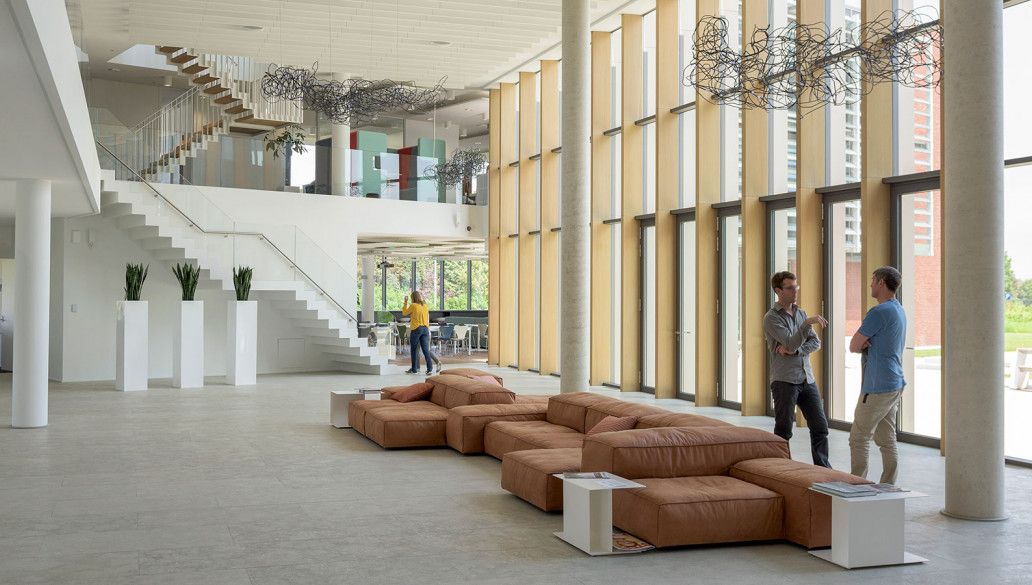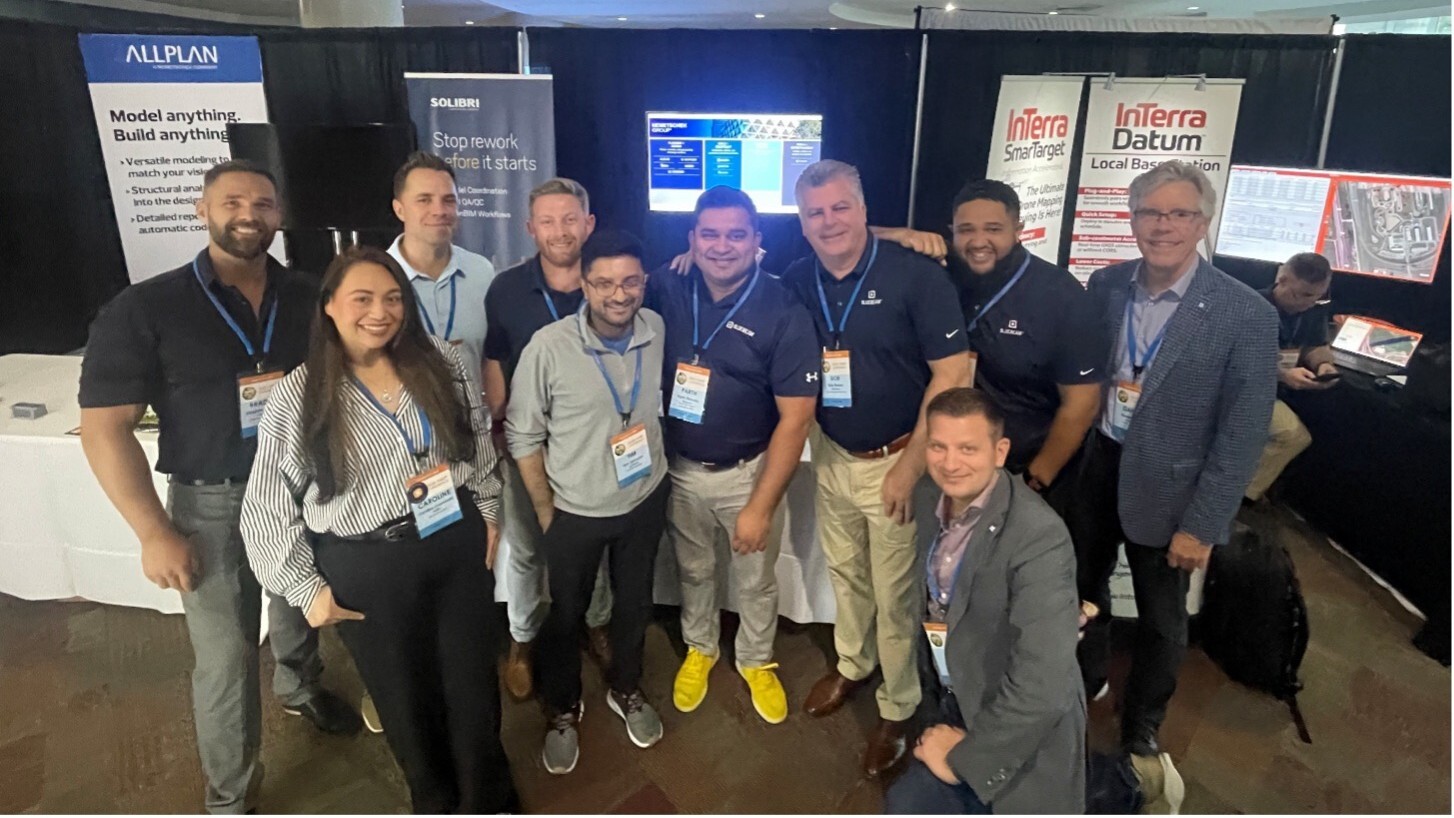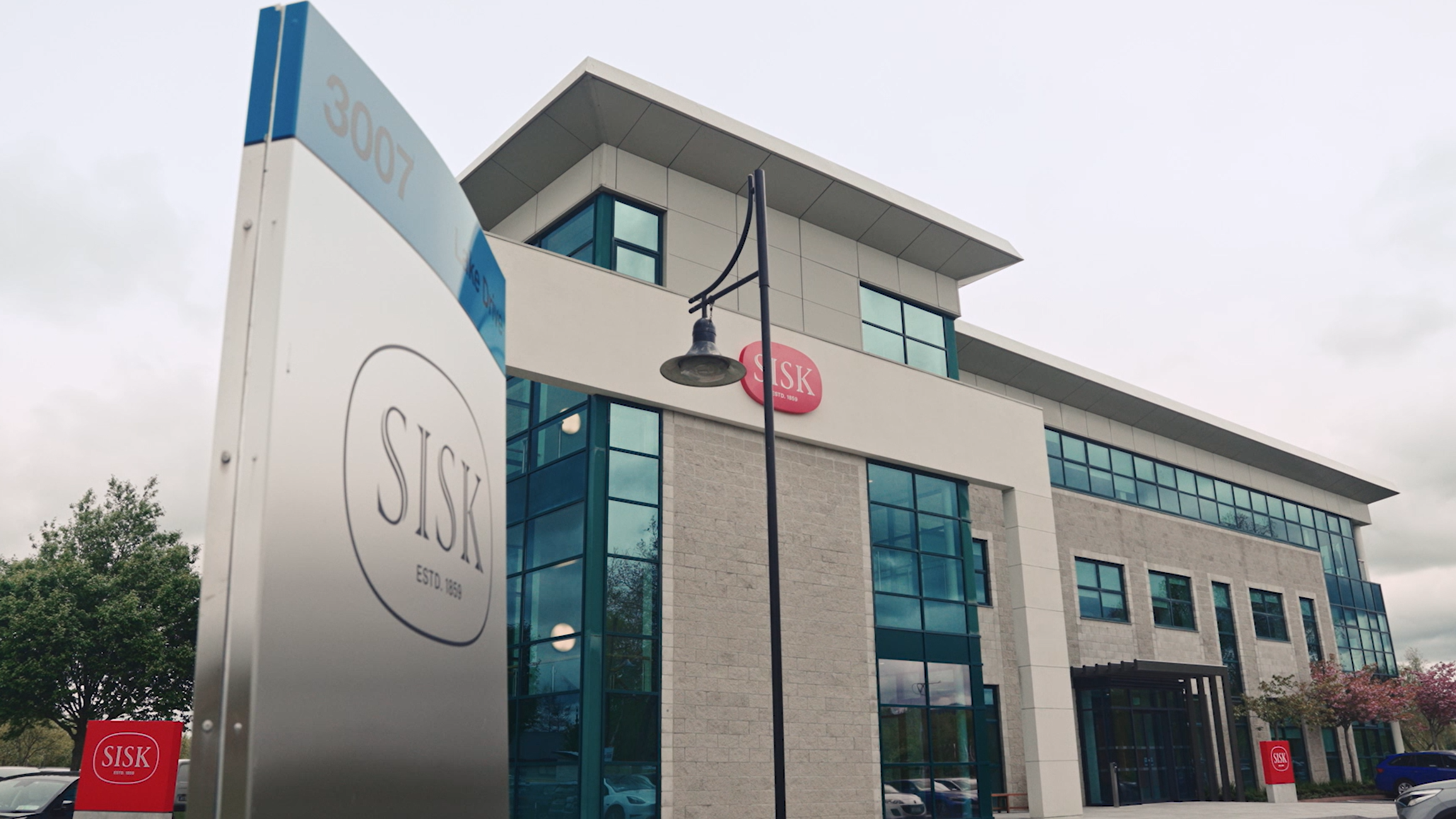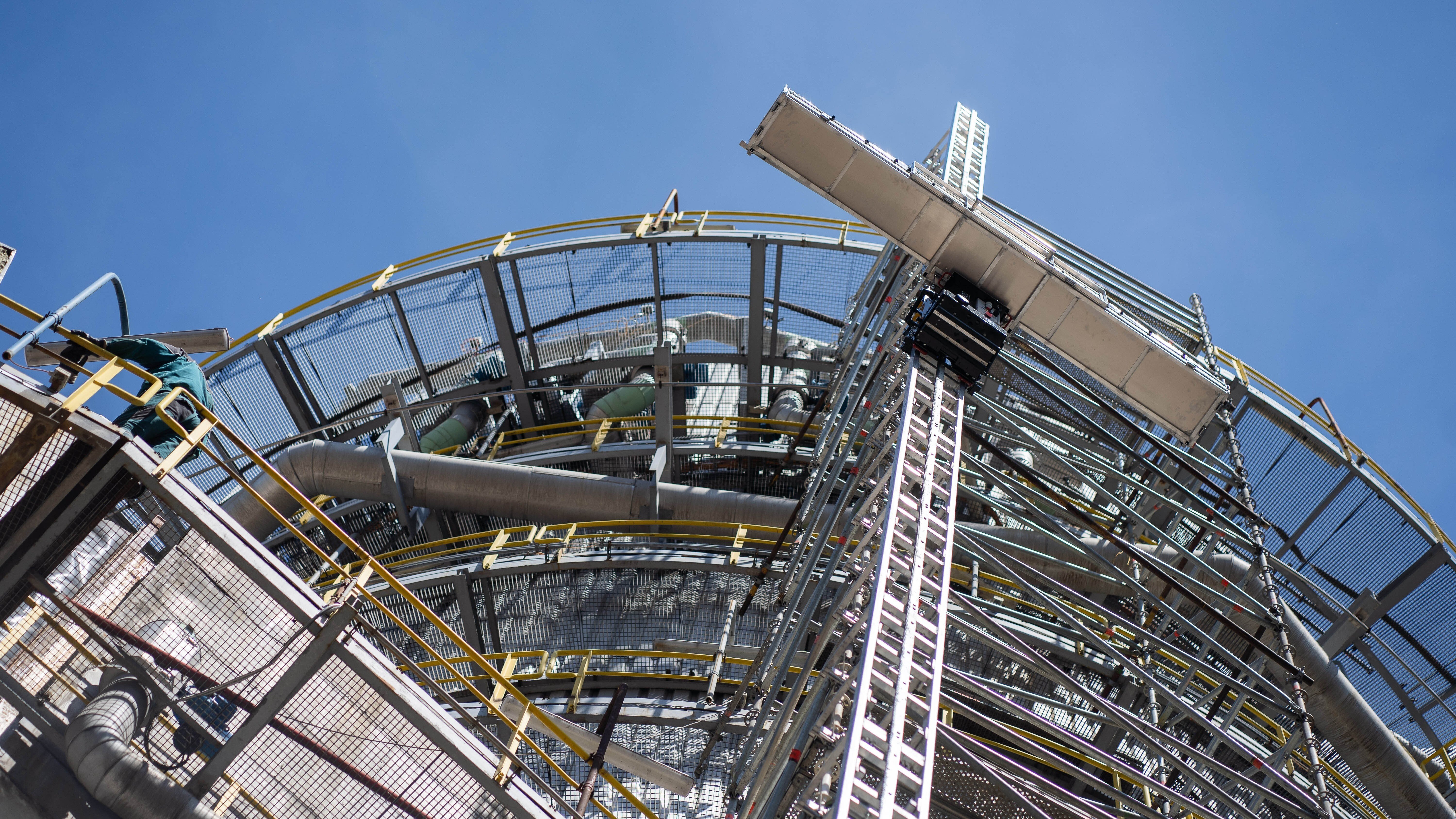Ein sicheres Umfeld für die neue Welt des Arbeitens
As people start returning to their offices after the massive work-from-home experiment, uncertainties are high.
Author
Ulrike Beringer
Director Corporate Communication & CSR @ Nemetschek Group
Dieser Artikel gehört zur Collection Smart Building
Zur Themenseitefiller content text filler content textfiller content textfiller content textfiller content textfiller content textfiller content textfiller content textfiller content text
filler content text filler content textfiller content textfiller content textfiller content textfiller content textfiller content textfiller content textfiller content text
filler content text filler content textfiller content textfiller content textfiller content textfiller content textfiller content textfiller content textfiller content text
filler content text filler content textfiller content textfiller content textfiller content textfiller content textfiller content textfiller content textfiller content text
filler content text filler content textfiller content textfiller content textfiller content textfiller content textfiller content textfiller content textfiller content text
filler content text filler content textfiller content textfiller content textfiller content textfiller content textfiller content textfiller content textfiller content text
filler content text filler content textfiller content textfiller content textfiller content textfiller content textfiller content textfiller content textfiller content text
filler content text filler content textfiller content textfiller content textfiller content textfiller content textfiller content textfiller content textfiller content text
filler content text filler content textfiller content textfiller content textfiller content textfiller content textfiller content textfiller content textfiller content text
filler content text filler content textfiller content textfiller content textfiller content textfiller content textfiller content textfiller content textfiller content text
filler content text filler content textfiller content textfiller content textfiller content textfiller content textfiller content textfiller content textfiller content text
filler content text filler content textfiller content textfiller content textfiller content textfiller content textfiller content textfiller content textfiller content text
filler content text filler content textfiller content textfiller content textfiller content textfiller content textfiller content textfiller content textfiller content text
filler content text filler content textfiller content textfiller content textfiller content textfiller content textfiller content textfiller content textfiller content text
filler content text filler content textfiller content textfiller content textfiller content textfiller content textfiller content textfiller content textfiller content text
filler content text filler content textfiller content textfiller content textfiller content textfiller content textfiller content textfiller content textfiller content text
filler content text filler content textfiller content textfiller content textfiller content textfiller content textfiller content textfiller content textfiller content text
Wie flexible Planung und intelligente Tools die neue 1,5-m-Arbeitswelt sicher und angenehm machen können
In vielen Ländern öffnen Büros wieder für ihre Angestellten die Türen. Unternehmen experimentieren dabei mit einer unterschiedlichen Zahl von Mitarbeitern, die wieder im Büro arbeiten sollen, und versuchen dabei, die besten und sichersten Bedingungen zu ermitteln. Wollen die Kollegen überhaupt wie bisher weiterarbeiten? Werden sie sich weiterhin Büros teilen wollen oder haben die coronabedingten besonderen Umstände die Art, wie wir zusammenarbeiten, verändert? Wie viel Büroraum wird in Zukunft benötigt?
„Derzeit kann niemand genau vorhersagen, welche Auswirkungen diese Ausnahmesituation auf den Arbeitsplatz haben wird.“
Kurzfristig ergeben sich bei der Rückkehr der Belegschaft ins Büro drei zentrale Herausforderungen: die Umsetzung neuer Standards für sanitäre Einrichtungen und die Nutzung des Arbeitsplatzes, die Gewährleistung von Komfort und Produktivität der Beschäftigten in einer stressigen Zeit und das Einhalten von Abstandsregeln. „Integrated-Workplace-Management-Systeme können in dieser Zeit für ein sichereres und effizienteres Arbeitsumfeld sorgen“, erklärt Koen Matthijs. „Der Einsatz verbesserter Technologien kann zudem das starke Signal an die Mitarbeiter aussenden, dass ihr Wohlbefinden Priorität hat – und gleichzeitig Möglichkeiten für zukünftige Verbesserungen schaffen.“
Langfristig bietet die Verlagerung hin zur Telearbeit auch Chancen für den Arbeitsplatz. Auch wenn die Unternehmen wahrscheinlich alle oder die meisten ihrer Mitarbeiter wieder in die Büroumgebung zurückbringen werden, dürfte die größere Flexibilität, wie sie Heimarbeit mit sich bringt, dennoch zu einem Trend werden. Um von diesem Trend profitieren zu können, müssen Arbeitsplatzmanager genau verstehen, wie ihre Räume genutzt werden. Integrated-Workplace-Management-Systeme können die dafür erforderlichen Daten sammeln und die Grundlage vieler Entscheidungen bilden: ob ein Wechsel zu einer agilen Arbeitsumgebung erfolgen soll oder nicht, wie viel Bodenfläche oder welche Arten von physischen Verbesserungen möglicherweise erforderlich sind, um das Wohlbefinden der Mitarbeiter zu steigern, und wie Reinigungsverfahren angesichts sich ändernder Normen rationalisiert werden können. Die Veränderungen infolge der gegenwärtigen Situation werden sich auf Verhaltensweisen und bestehende Standards auswirken. Sowohl bessere Daten als auch bessere Tools können Arbeitsplatzmanager in die Lage versetzen, sich schnell und effektiv an die neuen Anforderungen eines modernen Arbeitsplatzes anzupassen.
„Dies ist ein Lernprozess für uns alle, nicht zuletzt für die Technologie“, so Matthijs. „Die in Building-Information-Modeling(BIM)-Systemen gespeicherte große Datenmenge (oder Datenintelligenz) kann für zukünftige Büroprojekte wiederverwendet werden. Konkret bedeutet das: Architekten und Ingenieure können auf diese Erfahrungen zurückgreifen und ihre Gebäudeentwürfe verbessern, um künftigen Bedürfnissen und Anforderungen besser gerecht zu werden“. Für Büros, die den Herausforderungen der Zukunft gewachsen sind.





